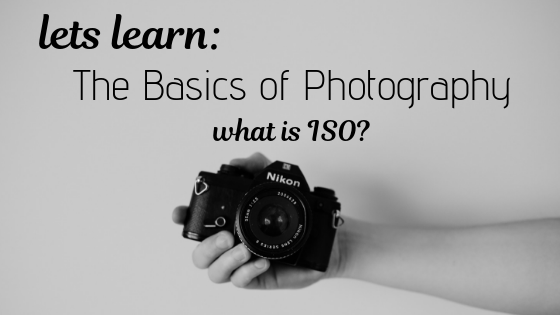We have been talking about the pillars of photography on our blog and essential concepts to know if you want to get started in this hobby. Photography is a well-loved hobby of mine and one that is great for those who enjoy finding the beauty and artisticness of the world around. Last time I posted, we talked about the types of cameras that are available to you.
If you and seriously considering photography as a long-term hobby, I believe that you should invest in an entry-level DSLR camera and retire your point-and-shoot camera. Once you have a DSLR camera, you are able to start applying the principles that we are learning about the pillars of photography.
The first pillar of photography that we covered was aperture. We learned that the aperture is essentially the “eye” of the camera. It is the aperture that is one way that your camera determines the amount of exposure that your camera has and it’s overall depth of field. A small aperture would let in less light and provide you with a pronounced depth of field, while a higher aperture would let in more light and focus on the entire scene and not just one aspect of it.
The next pillar that I want to talk about is the ISO. The ISO is another major setting that DSLR camera allows you to have control over if you are comfortable with it. There are also options that allow your ISO to be automatically determined by the camera itself. But what exactly is ISO?
ISO has one main function and that is to brighten your picture. A higher ISO number will provide a brighter photo if you are in low-light circumstances. In normal photo conditions, you should make sure to keep your ISO low otherwise your photo will be too bright.
It is important that we make the distinction between brightness and exposure. While they seem to achieve the same goal (your picture is brighter), they are in fact quite different. Exposure relates to the amount of time that your camera’s aperture stays open to let any possible light in. This light is natural and therefore your picture will be brighter but it will not lose quality. ISO essentially artificially brightens the photo, therefore higher ISO in photos can lead to wanting quality and grainy textures.
ISO is generally measured in increments of 100. A base ISO will sit at either 100 on newer cameras or 200 on older models. It is recommended to keep your ISO setting at its base if possible and adjust the other factors that affect exposure first. But if you are in a low-light environment without access to a tripod, then you can use a higher ISO of 800-1000 to create the brightness.
